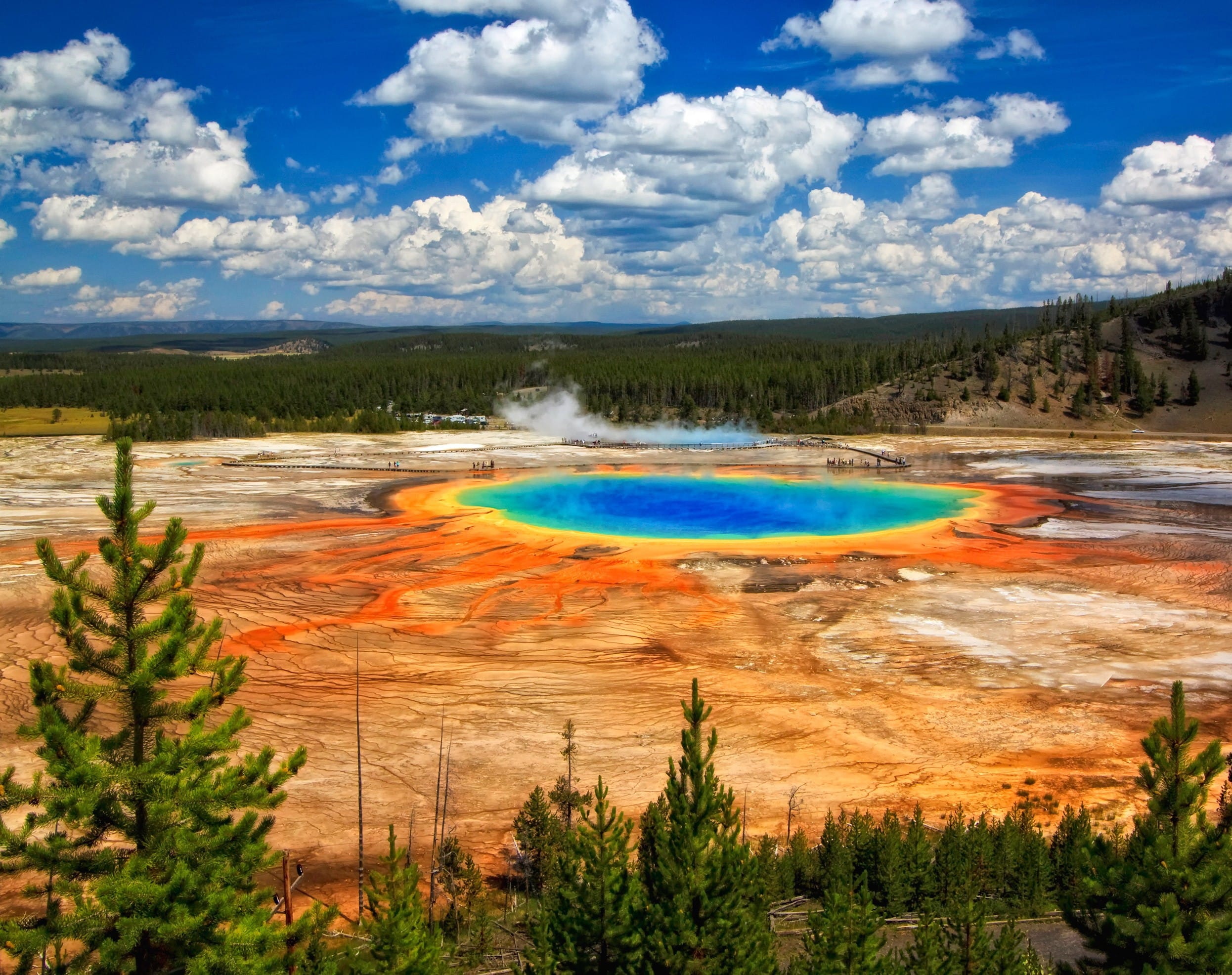The Yellowstone National Park supervolcano, one of the largest active volcanic systems in the world, has long been a subject of scientific interest and public concern. A recent study has brought forth new estimates regarding when this geological giant might erupt again, contributing to the ongoing discourse surrounding volcanic activity and its implications for both local and global ecosystems.
Yellowstone’s supervolcano is situated atop a massive magma chamber that has the potential to produce catastrophic eruptions. The last major eruption occurred approximately 640,000 years ago, leading to widespread geological and ecological changes. Since then, the area has been characterized by geothermal activity, including hot springs, geysers, and fumaroles, which are indicative of the underlying volcanic processes. Understanding the behavior of this supervolcano is crucial for assessing potential hazards and preparing for future events.
The recent study utilized a combination of geological data, historical eruption records, and advanced modeling techniques to estimate the likelihood of future eruptions. Researchers analyzed various factors, including the rate of magma accumulation, ground deformation, and seismic activity, to develop a more comprehensive understanding of the supervolcano’s behavior. The findings suggest that while an eruption is not imminent, the potential for future activity exists within a time frame of several thousand years.
One of the key takeaways from the research is the importance of continuous monitoring of Yellowstone’s geological activity. The Yellowstone Volcano Observatory (YVO) plays a vital role in this effort, employing state-of-the-art technology to track seismic events, ground deformation, and gas emissions. This monitoring is essential for understanding the dynamics of the supervolcano and providing early warning signs of potential eruptions.
Moreover, the study highlights that while the probability of a major eruption may be low in the near future, smaller volcanic events could still occur. These events, while less catastrophic, can still pose risks to local communities and ecosystems. The research underscores the need for preparedness and response strategies to mitigate the impacts of volcanic activity, regardless of its scale.
The implications of a potential eruption extend beyond the immediate vicinity of Yellowstone National Park. A significant eruption could have far-reaching effects on climate, air quality, and agricultural practices across North America and beyond. Ash fallout from a large eruption could disrupt air travel, damage infrastructure, and impact public health. Therefore, understanding the timeline and potential triggers for future eruptions is essential for policymakers and emergency management agencies.
In addition to the scientific insights gained from this study, public interest in the Yellowstone supervolcano remains high. The park attracts millions of visitors each year, drawn by its unique geothermal features and stunning landscapes. The potential for volcanic activity adds an element of intrigue to the park’s natural beauty, but it also raises questions about safety and preparedness.
As research continues, scientists are working to refine their models and improve their understanding of the complex processes that govern volcanic behavior. This ongoing effort is critical not only for Yellowstone but for other volcanic regions around the world. By sharing findings with the public and engaging in transparent communication, researchers aim to foster a better understanding of volcanic hazards and promote informed decision-making.
In conclusion, the recent study on the Yellowstone supervolcano provides valuable insights into the potential timeline for future eruptions. While the likelihood of a major eruption in the near term may be low, the need for continuous monitoring and research remains paramount. As scientists work to unravel the complexities of this geological phenomenon, the importance of preparedness and public awareness cannot be overstated. The Yellowstone supervolcano serves as a reminder of the dynamic forces that shape our planet and the need for vigilance in the face of natural hazards.



